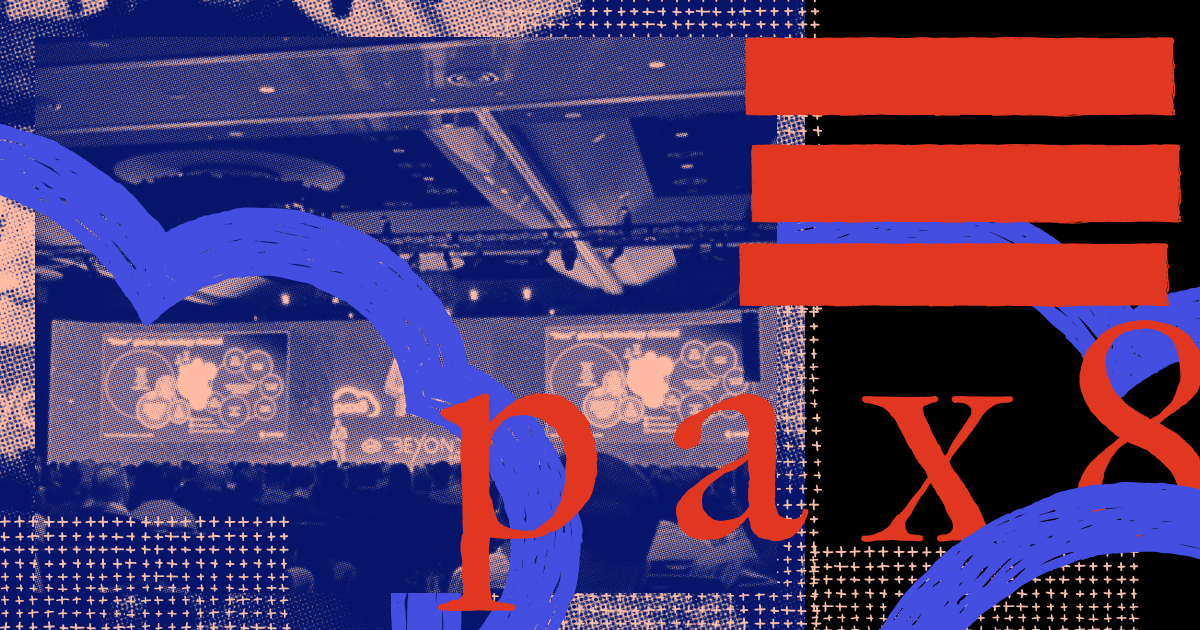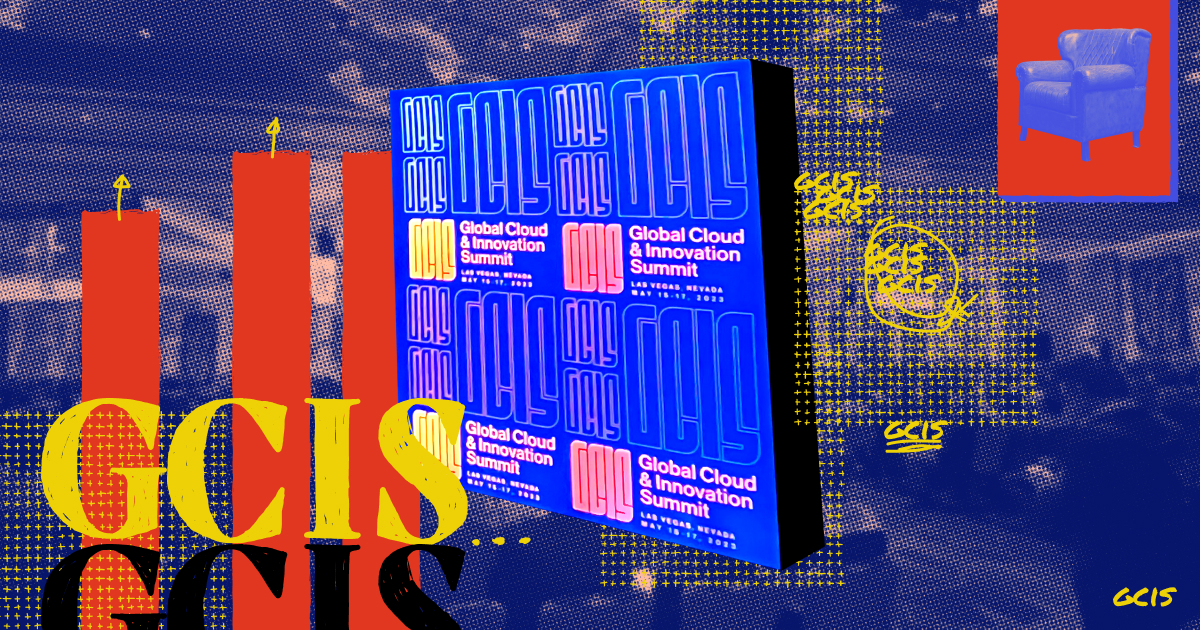Partnerships Glossary
Decode the buzzwords of the partnerships space.
Find partnership terms by letter
Recent Terms
Noun
[furm·uh·gra·fuhks]
Firmographics are a helpful marketing datasets that provides descriptive information that can be used to segment and categorize organizations. It is similar to demographic data, except instead of telling a story about an individual, it speaks to a business organization. It's used to compile meaningful information about B2B enterprises that is relevant to driving their success. Some key pieces of firmographic data are: industry, revenue, number of employees, area of operations, status and performance. Firmographics can be a helpful tool in partnerships because they can determine business and customer overlap to help identify ideal partnership opportunities.
Example: When building the ideal partner profile at his B2B SaaS company, Will started by documenting his company's firmographics in order to identify and market his fledging partner program to enterprises with a similar customer base.
Noun
[muhnth·lee saylz vahl·you·m]
Monthly sales volume is an essential SaaS sales metric that measures partner-sourced revenue that's generated on a monthly basis. Monthly sales volume is calculated by adding up the total sales in a month. Average monthly sales volume is calculated by diving the total sales per year by twelve to reflect the averaged amount. Monthly sales volume can show fluctuations over the year and be a key indicator of a healthy, growing SaaS business.
Example: One of the most important KPIs to track for a new SaaS company is monthly sales volume so investors and stakeholders can understand how much sales revenue they're making a month and approximate how much they will in future months.
The process by which vendors get partners started with the program, including welcoming new partners, providing them with educational content, and helping them establish clear goals.
Brush up on the latest insights
Browse Partnership Terms
Learn the secrets of partnerships success
Sign up for our newsletter to enjoy premium partnerships and ecosystem content you can’t get anywhere else.
By submitting this form you agree to PartnerStack's Privacy Policy.

.jpg)


.jpg)


